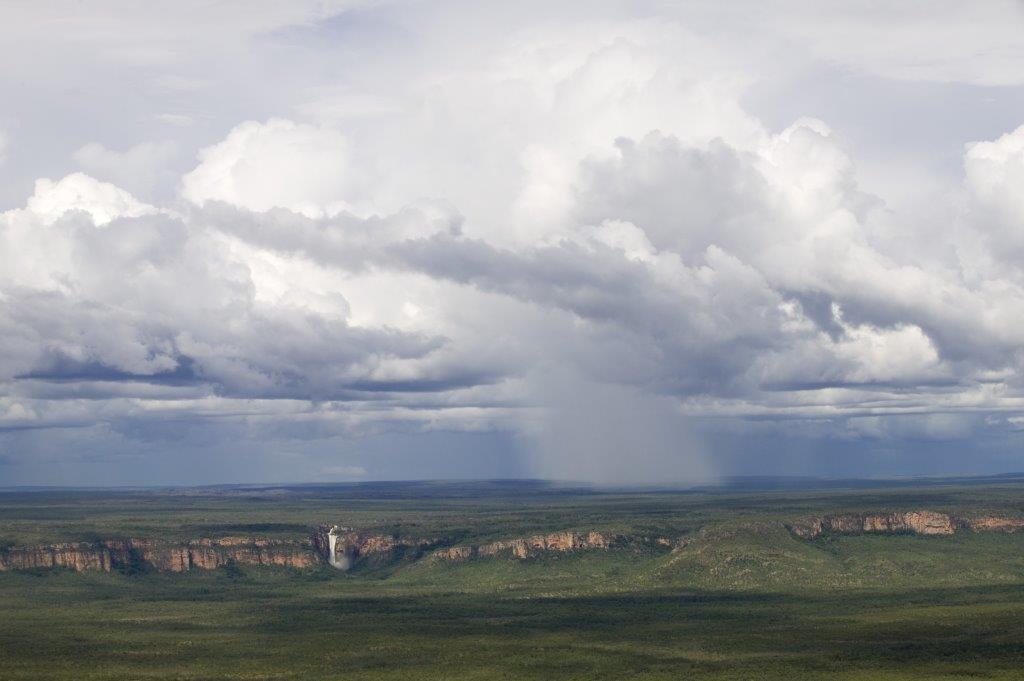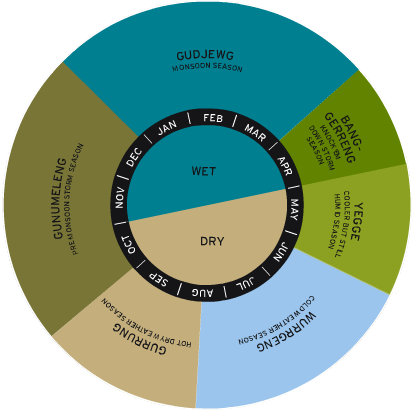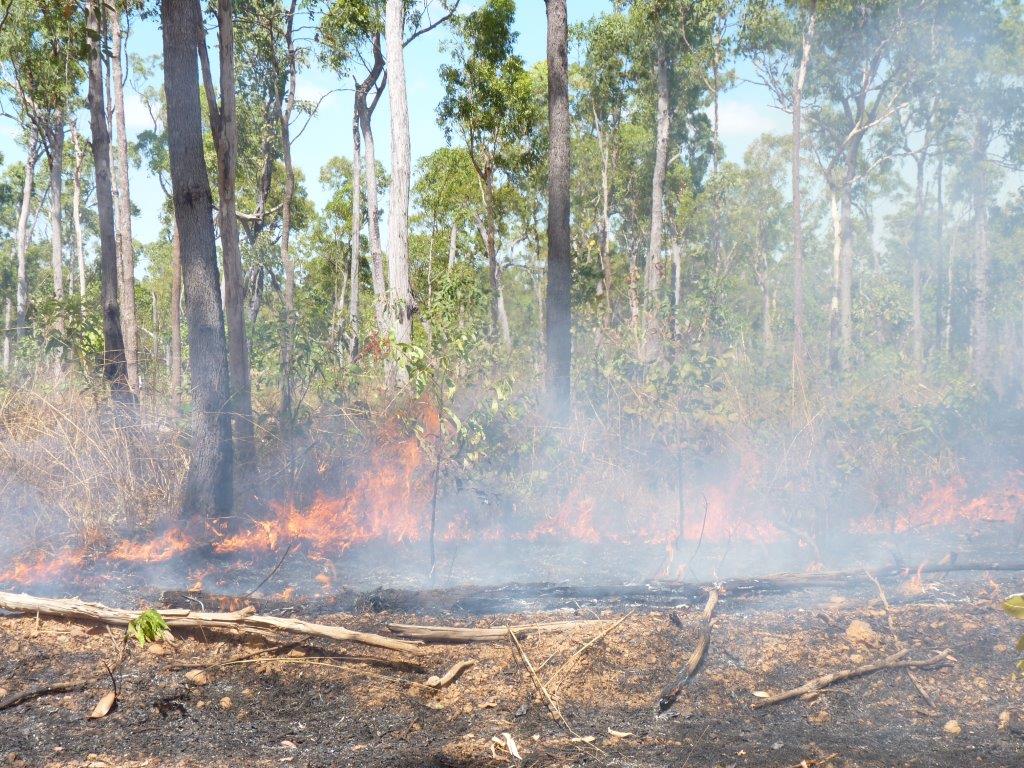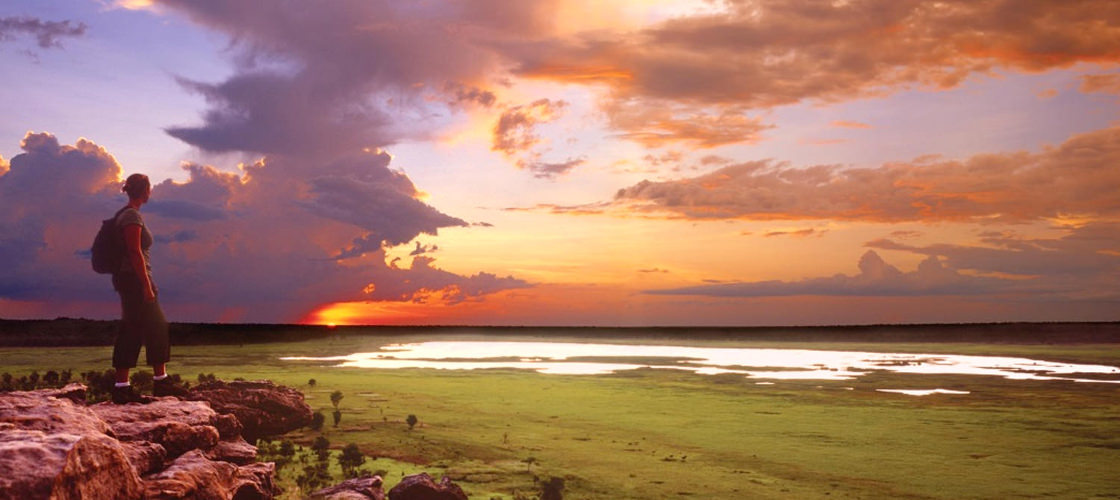The Six Seasons of Kakadu National Park
Posted on 14 August, 2023 in Darwin, Kakadu, Private Charter, Tours, Wet Season, CultureMost of us are familiar with two prominent seasons experienced in the Northern Territory; Wet and Dry.
Wet Season runs from November to April. Monsoonal rain, thick humidity, storms, and impressive lightning shows to mark this season. Nature comes alive during this season, with abundant waterfalls and green landscapes.

The Dry Season runs from May to October. The skies are clear, and the nights are cool (by local standards). This period is the most popular time for visitors in the NT, and the milder temperatures and lower humidity make it more favourable for the outdoors.
The Seasons
In Kakadu National Park there are actually six seasons. These are recognised by the Traditional Owners and based on thousands of years of local knowledge and land connection. Subtle shifts mark the change between the seasons in the weather and the seasonal plants and bush foods that grow.

Gudjewg – Monsoon season
December to March. 24°C – 34°C
Kakadu’s tropical summer – expect afternoon thunderstorms, heavy rain and flooding. The hot temperatures and high humidity create an abundance of plant and animal life.
Magpie geese nest in the wetlands, and flooding of waterholes and wetlands see goannas and snakes, stranded which then provide a source of food for local Aboriginal people during this time.
Banggrreng – Storm season
April. 23°C – 34°C
The rainclouds disappear, and the skies are blue again by April. Floodwaters recede, and streams run clear. It’s harvest time in Kakadu with plants fruiting and animals are caring for their young. Violent, windy storms can be experienced during the beginning of “bangkerreng”, and the long speargrass which has grown during the monsoon season is flattened – giving the name ‘knock ‘em down” storms.
Yegge – Cooler Season
May to mid-June. 21°C – 33°C
With less humidity, this is a cooler but still humid time in Kakadu.
Dry winds and flowering woollybutt trees tell local Aboriginal people that it's time to start patch burning. An essential method of encouraging new growth and deterring large bush fires, the practice of lighting small fires at this time has been culturally significant for thousands of years. It is an integral part of keeping habitats protected and diverse. In addition, the tapestry of burnt and unburnt land makes it harder for bushfires to spread.

Wurrgeng – Cold weather season
Mid-June to mid-August. 17°C – 32°C
By NT standards, this is a cold time. With evening temperatures dropping to about 17°C Humidity remains low throughout the day. Creeks and floodplains quickly dry out. Magpie Geese and waterbirds, full from weeks of abundant food, flock the shrinking billabongs.
Patch burning continues, with the fires put out by the dew at night. Birds of prey such as Sea Eagle and Square-Tailed Kites, patrol the fire lines as insects and small animals escape the flames.
Gurrung – Hot, dry weather
Mid-August to mid-October. 23°C – 37°C
Gurrung is hot and dry. Temperatures and humidity rise. As well as Magpie Geese, local Aboriginal people hunt file snakes and long-necked turtles during this season. White-breasted wood swallows arrive and the thunderclouds start to build, marking the change of another season
Gunumeleng – Pre-monsoon storm season
Mid-October to late December. 24°C – 37°C
With hot weather and the humidity increasing, this marks the pre-monsoon season. Afternoon thunderstorms nourish the land, which has become dry from the seasons before. Streams run again and Barramundi move to the estuaries to breed, and waterbirds spread out following the water and plant life.
Traditionally Aboriginal people moved camp from the floodplains to the sandstone country, seeking shelter from the coming monsoon.

Venture North Safaris operate all year round, allowing you to experience all of the seasons of Kakadu National Park. Check out our tours from Darwin to Kakadu. Or join our 5 Day Kakadu, Arnhem Land and Cobourg Peninsula Tour, which operates May through October. If you have any questions about Kakadu and the best time to visit, please get in touch with us.
© 2014 Venture North | ABN: 34 142 533 113 | Privacy Policy | Terms & Conditions
Darwin Web Design by Dash Media


